It Takes A Village To Understand A Manta Ray: The contribution of multiple data sources to manta ray research and conservation in the Maldives
2021
Abi Sehmi (MSc Marine Conservation - University of Plymouth)
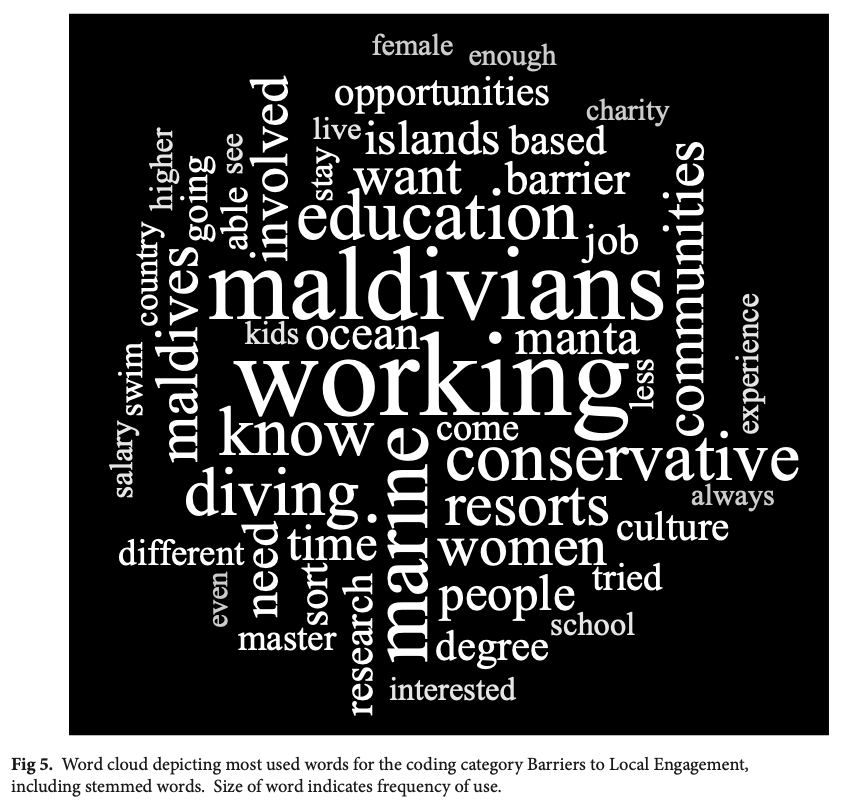
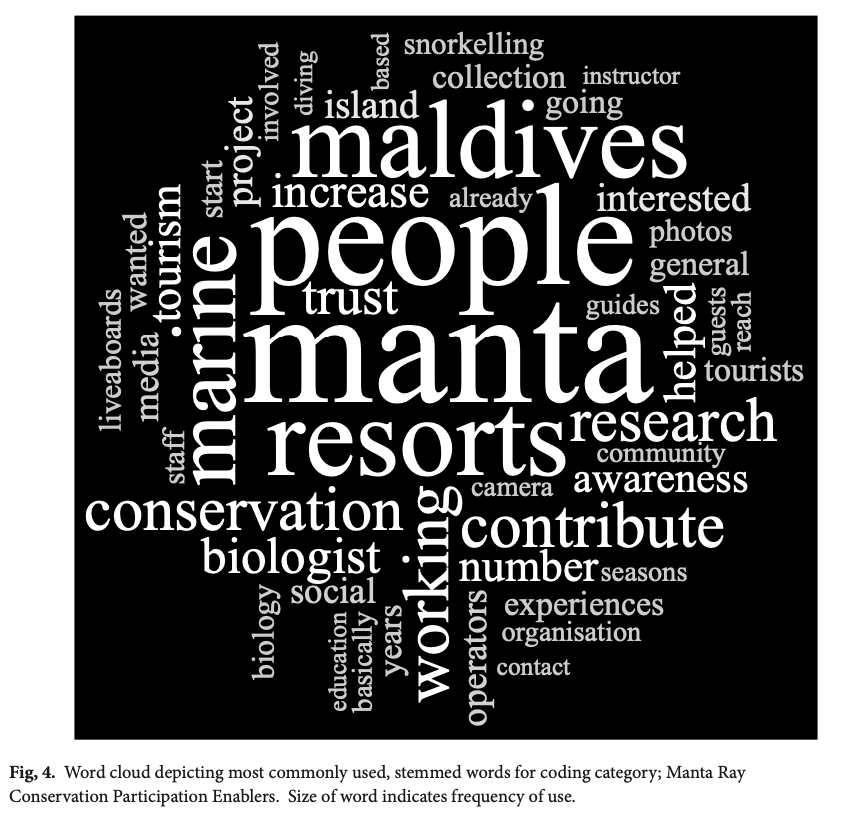
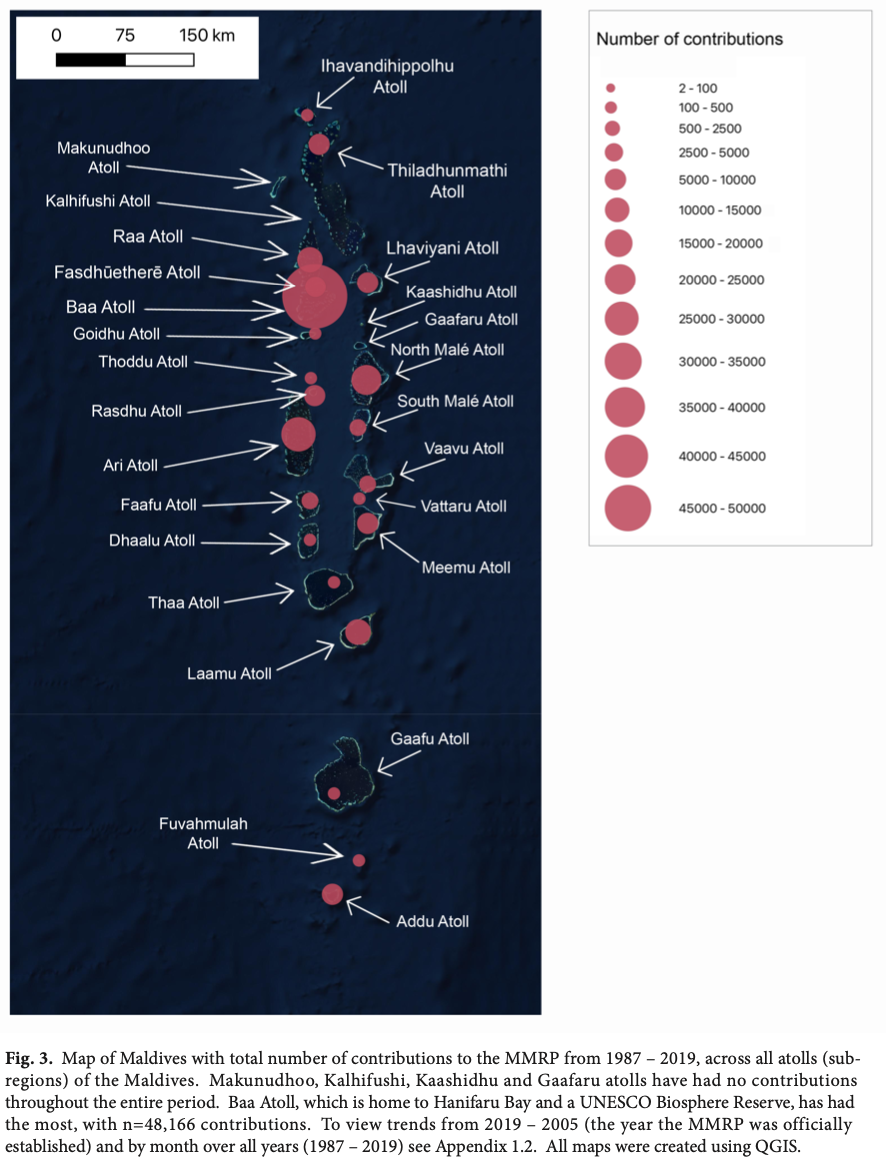
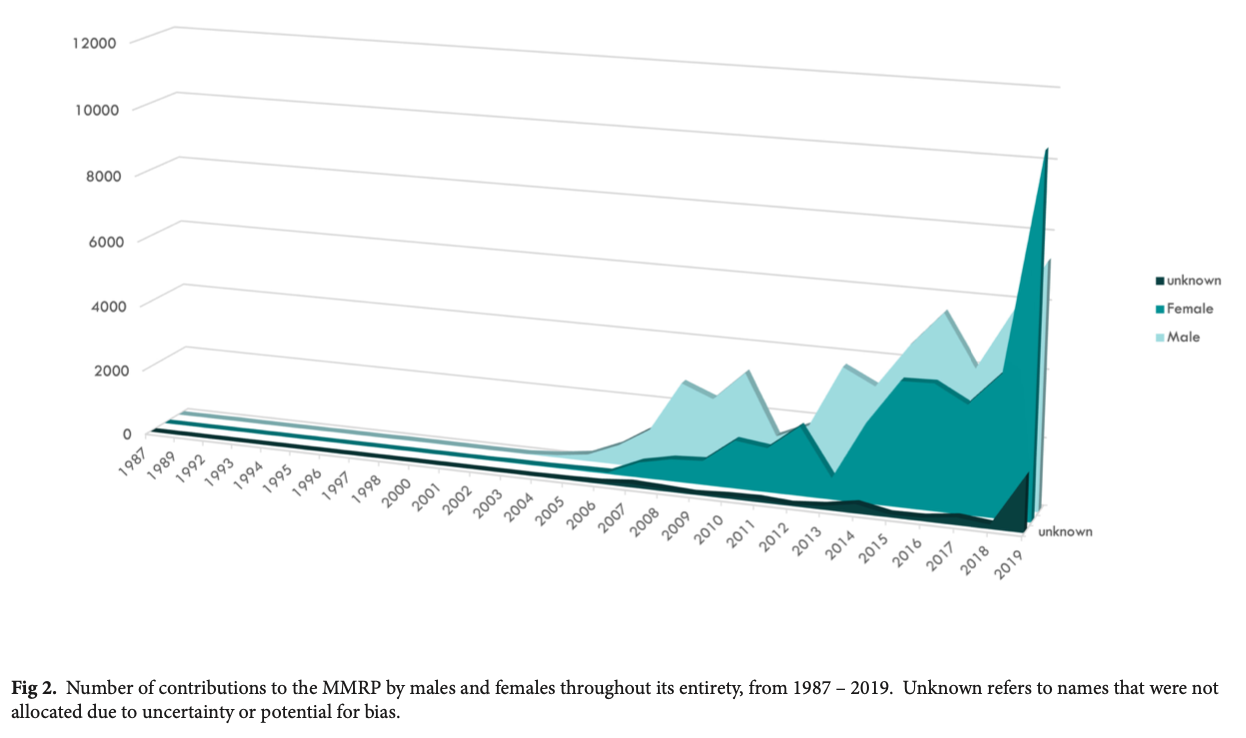
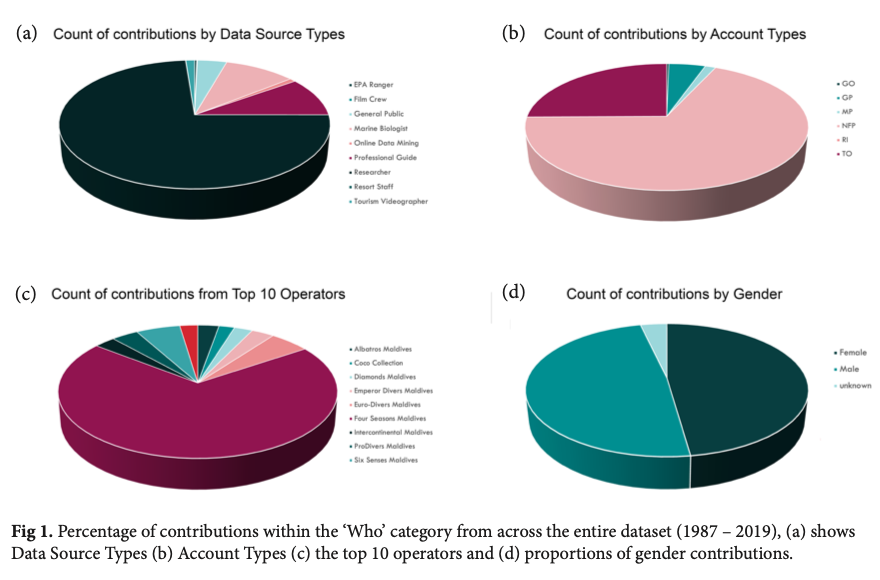
Summary: The integration of social science is crucial for successful conservation initiatives. The Maldives Manta Conservation Programme (MMCP), formerly known as the Maldivian Manta Ray Project (MMRP), has used marine citizen science to gather a large database of manta ray sightings. This study examines the MMCP database through a social lens, analysing contributors, spatial and temporal patterns, and conducting interviews with MMCP staff. Researchers and dive professionals were the highest contributors, and certain sub-regions and months had more contributions. Gender perceptions varied between international and local staff. The study suggests including demographic data and diverse outreach methods to enhance community engagement and collaboration for effective conservation.
Abstract
“Conservation has gone through many iterations, and been guided by many motivations from ‘nature for itself’ to ‘nature for people’ to ‘people and nature’ (Mace, 2014). Regardless of the stance taken it is an inevitable reality that human behaviour informs conservation (Fox et al., 2006), and that for conservation to be a success it must integrate and comprehend the dimension humanity plays within it (Bennett and Dearden, 2014). In order to truly succeed, the integration of social science is necessary to understand the human and cultural dimensions that shape conservation initiatives.
The Manta Trust, a UK charity (Our Approach, 2020; Barraud, 2017), have been running the Maldivian Manta Ray Project (MMRP) in the Maldives since 2011. Over which time they have utilised marine citizen science to form a database of over 85,000 sighting records, which has helped shape understanding of manta ray populations and develop nationwide and global species protection (Maldivian Manta Ray Project, 2020).
Whilst the MMRP has been widely successful in its use of natural sciences, this is the first occasion the MMRP database has been examined through a social lens. Analysis on the MMRP dataset was conducted using ExCel to discern trends in who, where (spatial analysis) and when (temporal analysis) contribution occurred. Following this, interviews with 18 present and past MMRP staff members were conducted, to gain further insight and understanding of MMRP participation, via Zoom and analysed using Nvivo.
Researchers were found to be the highest contributors (63,201) to the database, followed by dive professionals with 8,458 submissions. 49,090 submissions had also been made via the Four Seasons Resort, with whom the MMRP has a long standing partnership. Baa, Ari and North Malé atolls were the most contributed to sub-regions, all of which were centrally located and tourist hotspots. Dhaalu, Gaafu and Fuvahmulah were the least contributed to regions with 11, 9 and 2 contributions respectively, though another four atolls have received no contributions throughout the period. Months August to October had the most contributions overall, and April and May the least, which reflects both the monsoon, and thus manta ray (Anderson, Adam and Goes, 2011; Harris et al., 2020; Maldivian Manta Ray Project, 2020) as well as tourist seasons (International Tourism, Number of Arrivals - Maldives, 2021; Matthews, 2020) for the Maldives.
The interviews revealed that whilst women were perceived to comprise the majority of employees within the MMRP, this gender trait was reversed for Maldivians where the interviewees perceived the local MMRP employees to be predominantly male. MMRP interviewees displayed open and inclusive attitudes in regard to program participation, however, 30% of participant’s comments regarding skills pertained to the benefits of a scientific background and 21% to diving or swimming, which could act as a barrier to wider engagement, including that of Maldivians, despite all participants mentioning advantages to their involvement. 94% of participants noted education as a primary outreach method.
In future, the MMRP should include demographic data, such as gender, age and nationality on their ‘IDtheManta’ platform in order to better explore the social elements that build their community and inform their program. To overcome barriers to Maldivian participation, in addition to their successful education program, they could also consider incorporation of diverse outreach methods beyond ‘pure’ education, grounded in Maldivian culture and spiritual heritage to foster the affinity necessary to inspire conservation action and assist the Manta Trust in fulfilling their wider objectives of collaboration.”
Author Affiliations
University of Plymouth
The Manta Trust
